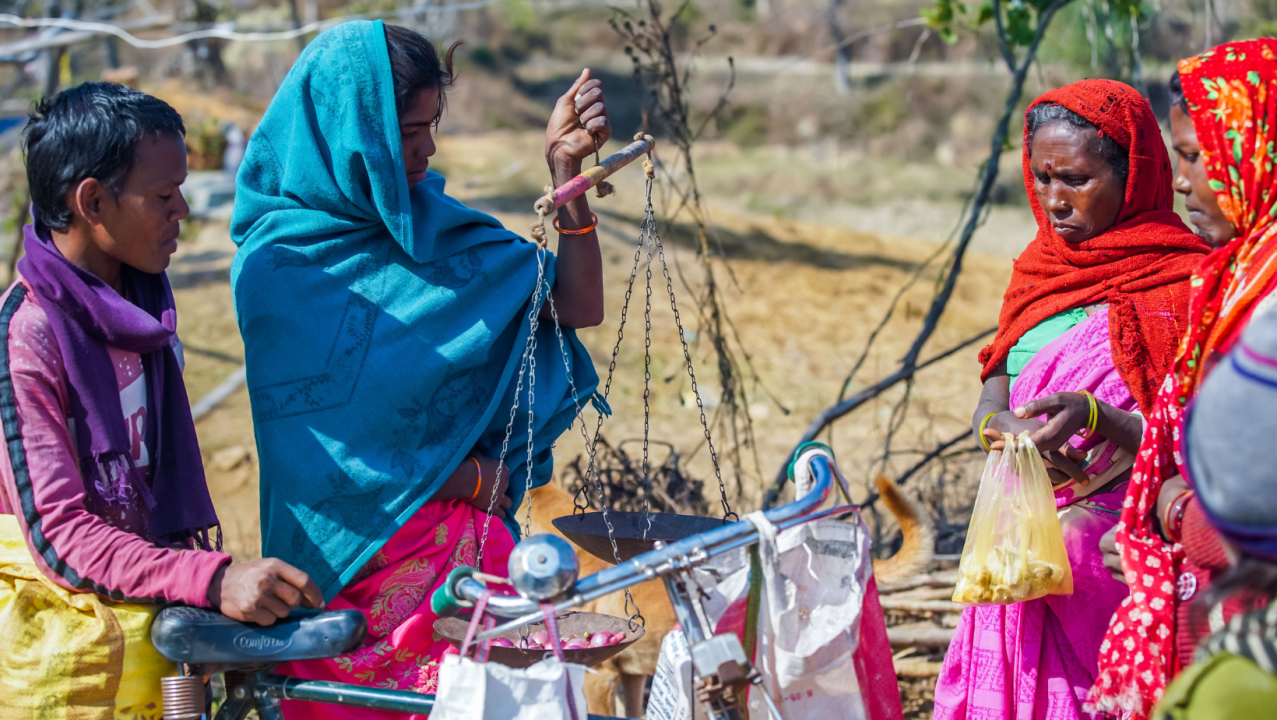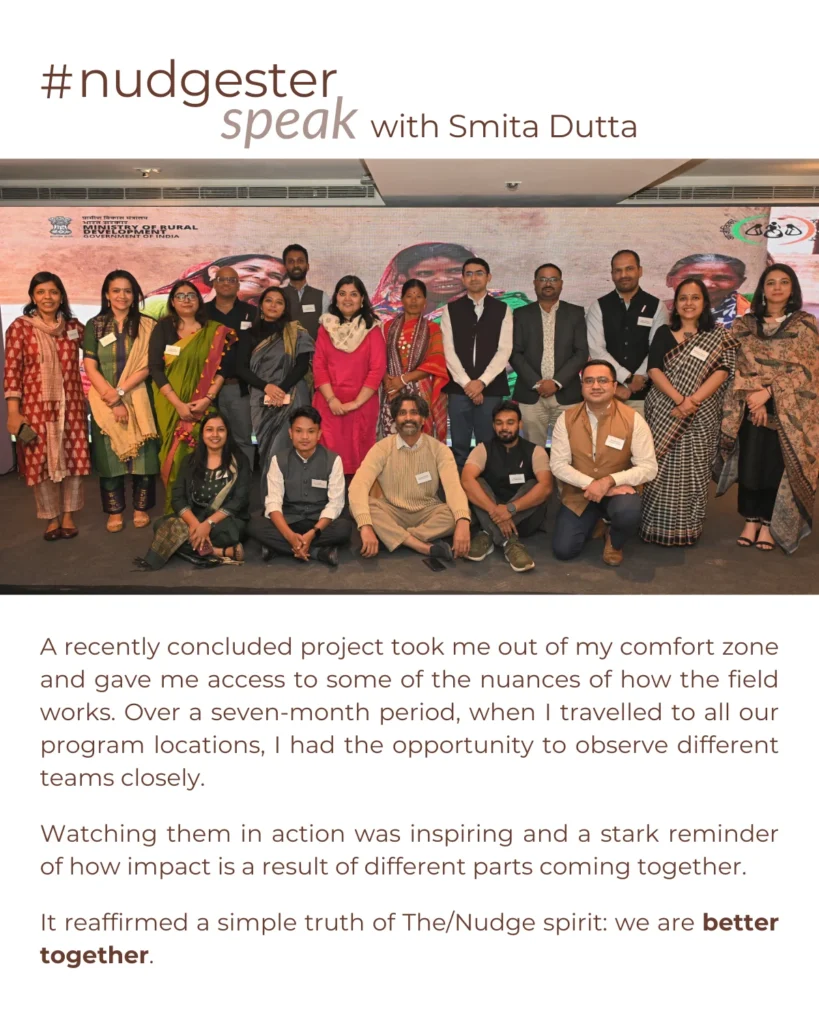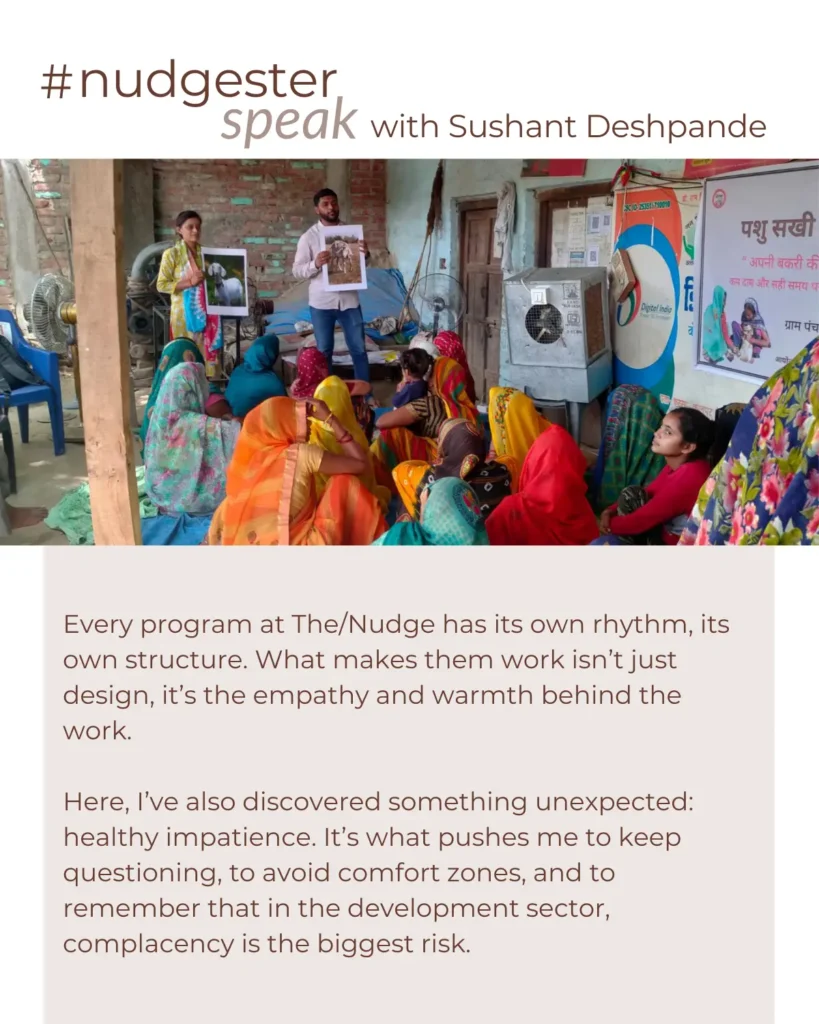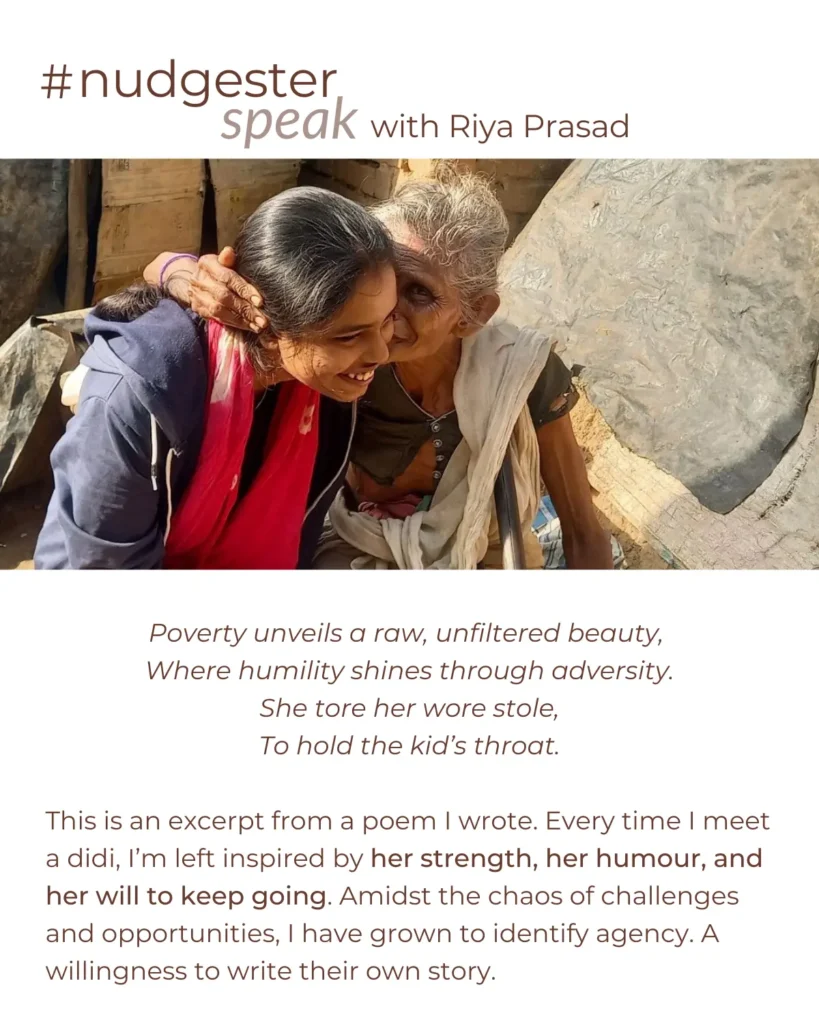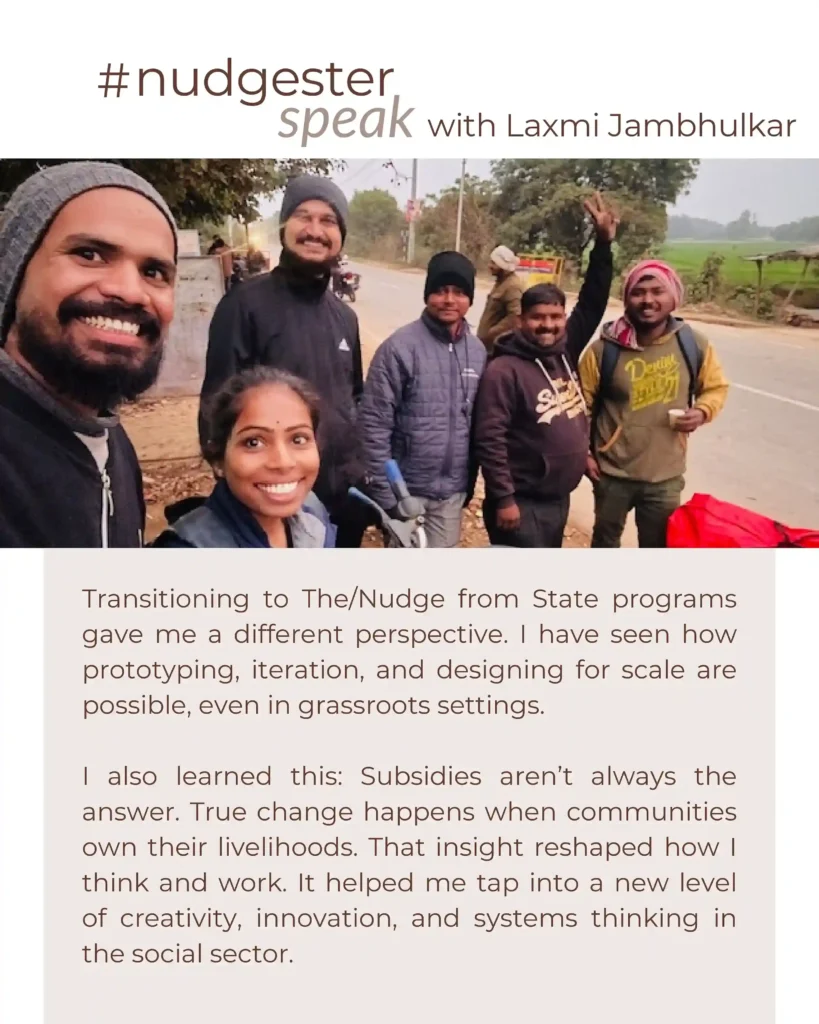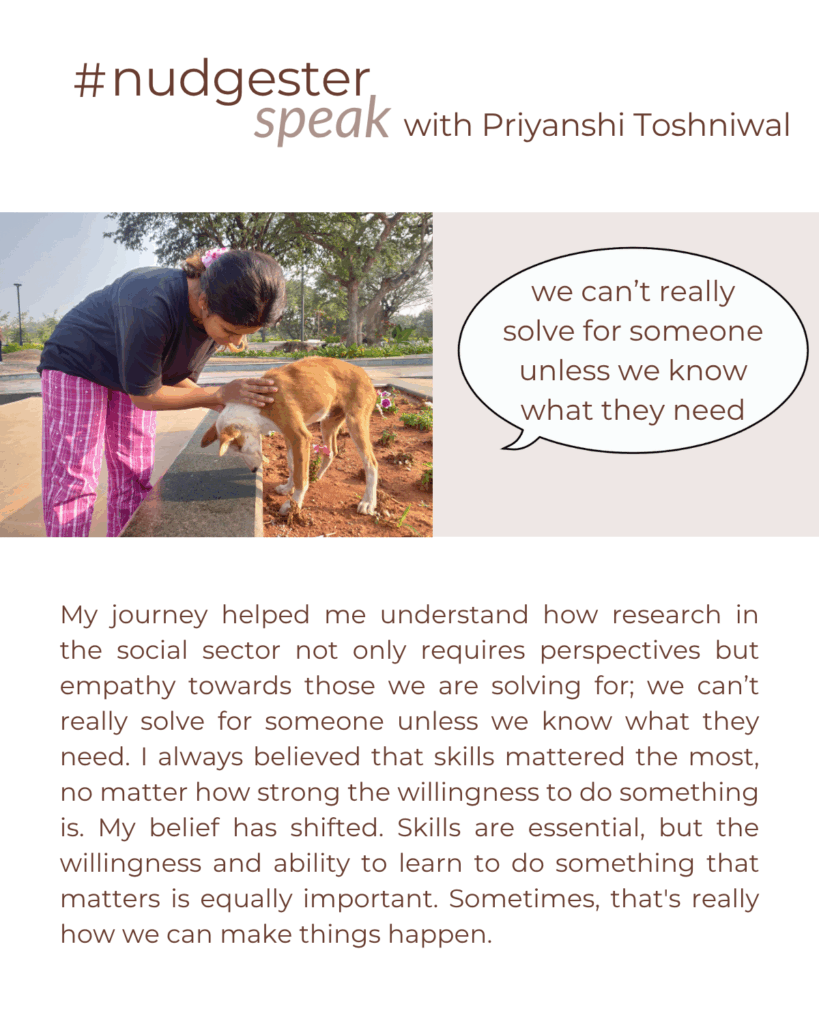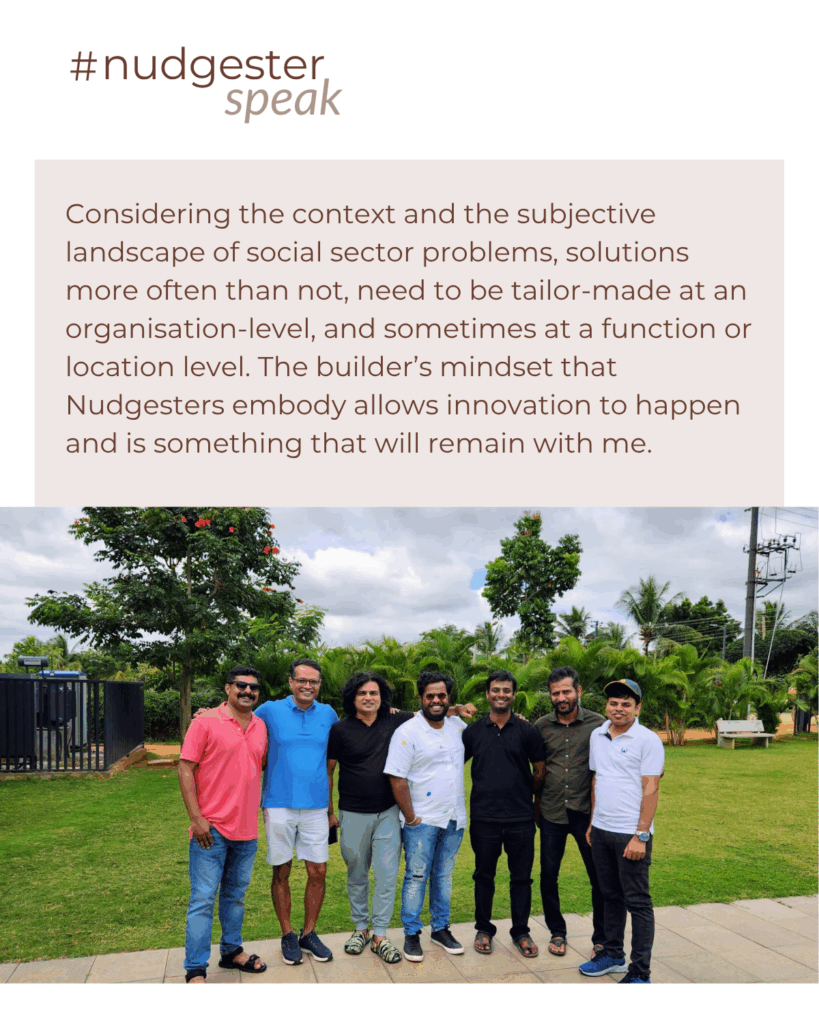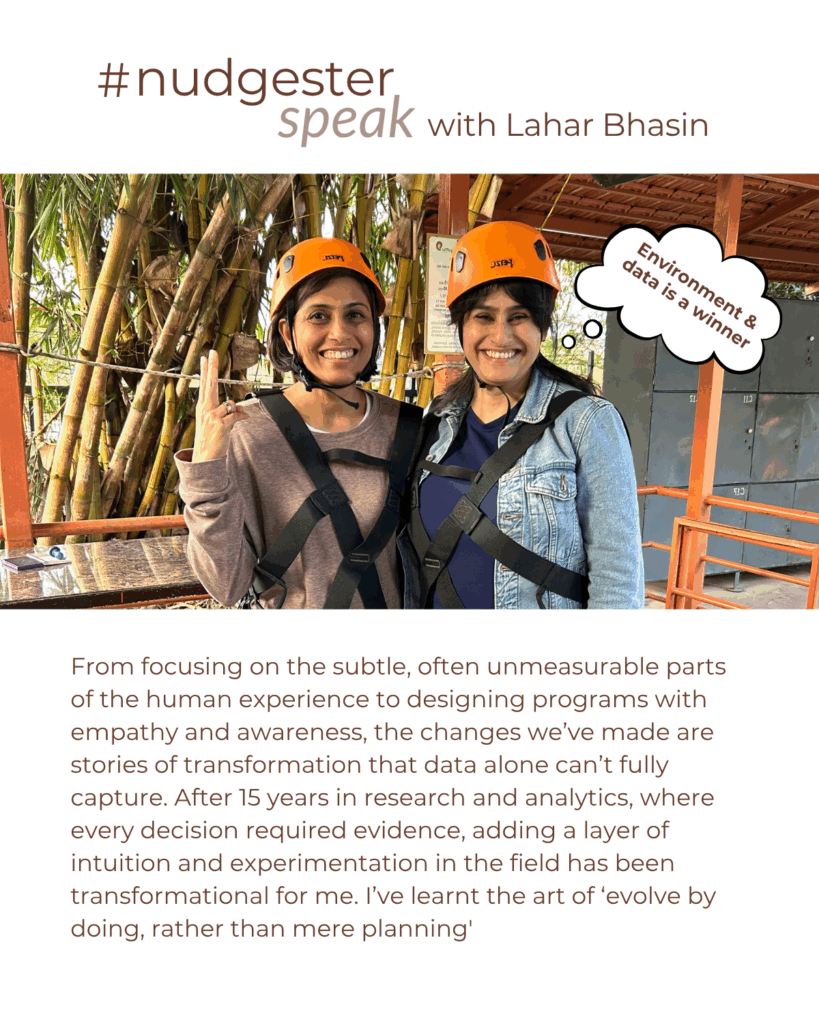The United Nations defines poverty as,
“denial of choices and opportunities, a violation of human dignity. It means lack of basic capacity to participate effectively in society.”
This complex and multi-dimensional nature of poverty has led to the rise of a variety of poverty estimates, especially in India where 11.28% of the population is considered multidimensionally poor. Though estimates like the National Poverty Line (based on NSSO data) enable a headcount of people experiencing poverty and the National Multidimensional Poverty Index by Niti Aayog offers a wider view by incorporating themes like education, health, and standard of living, these tools still need to address the full extent of vulnerability and social exclusion.
Introduction to the Poverty Assessment Tool
Identifying the most excluded requires a comprehensive consideration of all their deprivations and multifaceted vulnerabilities. Against this backdrop, the Poverty Assessment Tool (PAT) emerges as a viable alternative and an essential tool for selecting the most excluded households for economic inclusion program interventions.
The Economic Inclusion Program (EIP) aims to address and alleviate extreme exclusion for the most vulnerable communities in India through evidence-rich, cost-effective, and scalable models like a graduation approach or cash-plus-care.
The PAT is a household-level assessment tool that provides a poverty score based on pre-defined criteria. It is an essential tool that requires careful and deliberate design and execution to select the most excluded households in the Graduation Approach.
The Graduation Approach developed by BRAC in 2002 is a ‘big push’, sequenced and multifaceted intervention to help households transition out of the trap of extreme exclusion and attain a higher standard of living. It is structured around four pillars: social and livelihood protection, financial inclusion, and social empowerment.
Design and standardisation of PAT
PAT is inspired by various international and national poverty assessment standards and designed effectively to capture vulnerabilities through standardisations. It captures homogeneous and uniform conditions of vulnerabilities across regions.
For instance, PAT has taken a cue from international standards like the Global Multidimensional Poverty Index and Sustainable Development Goal-1. While it has integrated themes like education, housing, and nutrition from the Global Multidimensional Poverty Index, it has also incorporated aspects like disability and land ownership from SDG-1. Similarly, PAT has drawn respectively on the Socio-economic Caste Census and Poverty Probability Index in absorbing vulnerabilities, like Particularly Vulnerable Tribal Groups (PVTGs), housing, women-headed households, and productive assets.
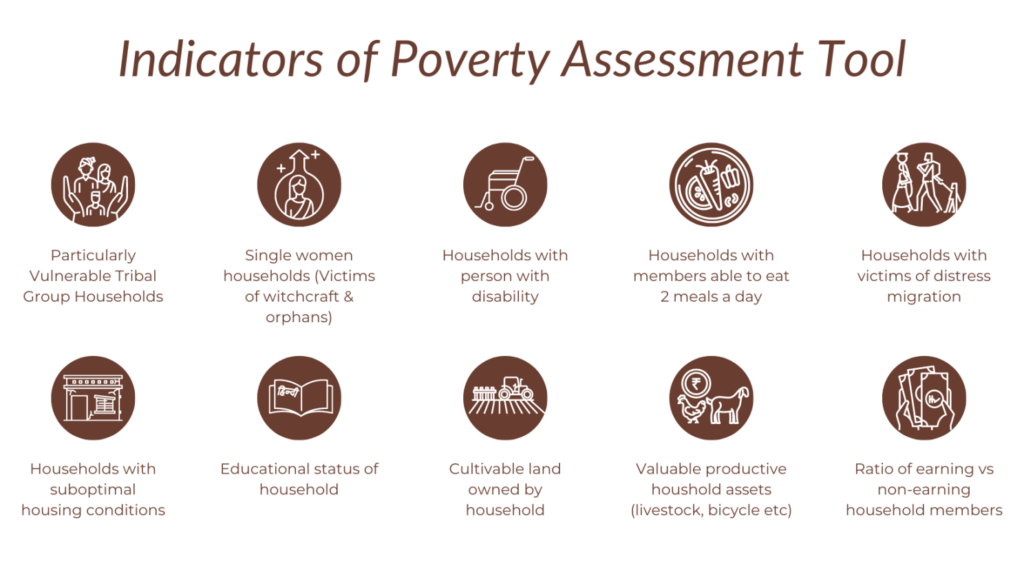
PAT in practice – UPAJ
Ultra Poor Graduation Approach in Jharkhand (UPAJ) is a special project implemented by the Jharkhand State Livelihood Promotion Society (JSLPS) in partnership with The/Nudge Institute. The program targets most excluded households and integrates the economic inclusion program approaches like the Graduation Approach with community institutions promoted by the Deendayal Antyodaya Yojana-National Rural Livelihoods Mission (DAY-NRLM).
UPAJ has used a robust multi-step selection process in Jharkhand with Participatory Wealth Ranking. In this process, households in a community are categorised based on wealth, followed by a PAT to identify the most excluded households.
Tailoring for context
PAT is also tailored to capture context-specific vulnerabilities in Jharkhand. PAT indicators are contextualised to the socio-economic milieu through a participatory process that involves extensive stakeholder consultations with Community-Based Organisations (CBOs) like Cluster-Level Federations facilitated by JSLPS.
For instance, PAT takes into account contextual vulnerabilities like being victimised for practising witchcraft, distress migration, becoming trapped in debt, etc. The emphasis on cultivable land ownership, instead of total land ownership in PAT, reflects the ground reality of Jharkhand, wherein the most excluded population has access to relatively more significant plots of forest land, which is not necessarily used for cultivation.
From concept to effectiveness
However well-designed and conceptualised a poverty assessment tool is, its effectiveness depends on various factors. Without contextual training for Community Resource Persons (CRPs), close monitoring of the intervention’s effectiveness, periodic assessments, and verification of the PAT administration process, the PAT’s true potential cannot be realised. Better demonstration of guidelines through case studies, clarity of definitions, and field pilots could enhance the process’s effectiveness.
References
- Mokomane, Z. (2012). Types of good practices focusing on family poverty reduction and social exclusion. South Africa: Human Sciences Research Council of South Africa.
- Nayyar, G., & Nayyar, R. (2016). India’s’ Poverty of Numbers’: Revisiting Measurement Issues. Economic and Political Weekly, 61-71.
- Patni, R. (2024). Poverty Alleviation with Sustainable Development in India. In Sustainability: Science, Policy, and Practice in India: Challenges and Opportunities (pp. 17-33). Cham: Springer International Publishing.
- Van de Ruit, C., May, J., Roberts, B., (2001). A poverty assessment of the small enterprise foundation on behalf of the consultative group to assist the poorest. Poverty and population studies program, University of Natal.
- Moqueet, N., Zaremba, J., Whisson, I. (2019) Ultra-poor Graduation Handbook, published by BRAC, World Vision.
- Earlier referred to as Bangladesh Rehabilitation Assistance Committee and latterly as the Bangladesh Rural Advancement Committee, BRAC’s operations have grown globally and with that growth, the organisation changed to be known simply as BRAC. It was set up in 1972.
- Innovations for Poverty Action (IPA). “Graduating the Ultra Poor in India”
- Global Multidimensional Poverty Index (2022). United Nations Development Programme, Oxford Poverty and Human Development Institute.
- Sustainable Development Goals, United Nations
- Socio-Economic Caste Census, (2011) Ministry of Rural Development
- Poverty Index
- Community Resource Persons are members of the community who are trained in community mobilisation.

